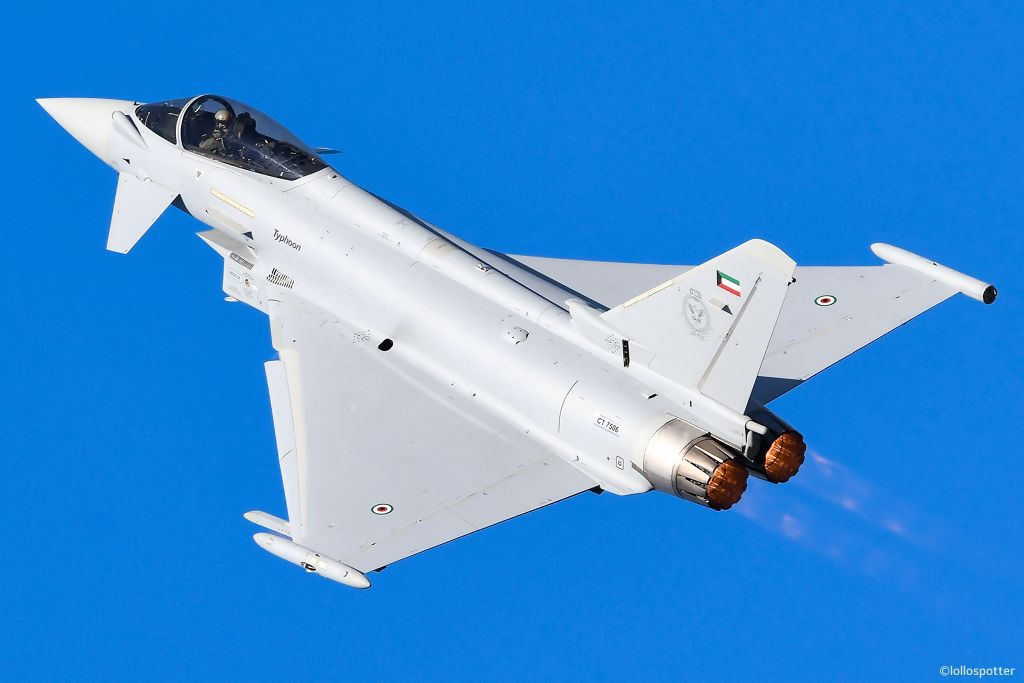The Rise of Autonomous Maritime Systems: A Glimpse into the Future
NATIONAL HARBOR, Md.—A small crowd huddled together against the brisk wind on a wooden pier overlooking the Potomac River. Their attention was captured by a sleek, 24-foot vessel named Corsair, gliding effortlessly through the waves despite the absence of a captain. This robot-boat, exhibited by startup company Saronic, showcased its adept handling of choppy waters while maneuvering alongside larger vessels. While Corsair drew considerable fascination, it was just one among several autonomous and semi-crewed vessels docked outside the bustling Sea-Air-Space conference. Companies like Maritime Robotics, Textron Systems, and Ghostworks, showcasing their innovations, signified a crucial shift in maritime technology.
Showcasing Innovation in Uncrewed Technology
The recent event underscored a burgeoning trend within naval operations: the integration of robotics in maritime functionalities. High-profile announcements of uncrewed undersea vehicles from prominent defense contractors such as Anduril and HII added weight to this shift, emphasising a wider industry alignment towards adopting these technologies. The presence of such advanced platforms demonstrates the Navy’s increasing demand for automated systems, reflecting the reality that the future of naval operations hinges on embracing both autonomous and semi-autonomous capabilities.
Industry Calls for Action: Insights from Congress
Proponents of this transition, including Rep. Trent Kelly, R-Miss., who oversees the House Armed Services Subcommittee on Seapower, have made their voices heard. Rep. Kelly criticized the Navy’s historic hesitance in fully investing in uncrewed maritime systems, suggesting that industry stakeholders and Congress must collaboratively innovate platforms capable of operating as either manned or unmanned based on mission parameters. His call to action represents a growing sentiment within political circles, aligned with advancements in technology that enable these capabilities.
A Strategic Vision for the Future
The momentum for incorporating uncrewed systems has gained traction in recent years. Last year, Adm. Lisa Franchetti, then the chief of naval operations, outlined a compelling 15-year strategy meant to regularly weave uncrewed systems into day-to-day maritime operations. This plan has been fortified by the Navy’s 2024 Navigation Plan, which positions robotic systems as essential components for strengthening naval capabilities, particularly in contested regions like the Indo-Pacific.
Adm. Samuel Paparo, the head of U.S. Indo-Pacific Command, echoed this call for investment during his recent testimony to Congress, strongly advocating for autonomous and AI-driven systems to foster credible deterrence in strategic waters. He highlighted the need for bolstering the Navy’s capabilities through the acquisition of advanced robotic systems—an integration that is deemed crucial as the regional dynamics evolve.
Testing and Collaboration: AUKUS Agreement and Beyond
The Navy is not resting on its laurels; it is actively engaging in testing innovative underwater vehicle systems as part of broader cooperative efforts, including noteworthy collaborations with the United Kingdom under the trilateral AUKUS agreement. These engagements reflect a strategic commitment to leveraging advanced technologies, ensuring that naval forces maintain a competitive edge both above and below the waterline.
The Reality of Integration: Challenges and Complexities
Despite the enthusiasm surrounding autonomous systems, the transition to a hybrid fleet is fraught with challenges. The Navy’s path towards incorporating such systems has been characterized by apprehensions regarding deployment logistics, maintenance, and the crucial need for reliable communication infrastructures. The complexity of orchestrating operations for smaller craft—often limited in range and power—complicates the process of ensuring effective command and control.
Industry insiders, such as Charles Fralick, Leidos’ chief technology officer, emphasize that the technology for uncrewed systems is indeed available, yet there remains uncertainty regarding their operationalization. While smaller systems offer agility, their limitations in recharging or communication underscore the necessity of integrating larger vessels capable of sustaining long-range operations.
Navigating Technical Hurdles: Safety and Perception
As the Navy contemplates the deployment of autonomous systems, safety remains paramount. The potential for accidents, such as collisions with pleasure craft, emphasizes the pressing need for robust perception systems that can accurately detect and track vessels. Current reliance on radar technology presents limitations in adverse conditions, prompting industry experts to advocate for a multilayered approach that combines multiple sensor arrays—optical, LiDAR, and AI—to enhance the operational confidence of autonomous platforms.
Adm. Paparo’s testimony to Congress articulated the importance of sustaining communications and ensuring operational safety, further stressing the necessity for advanced technology to manage the evolving threat landscape effectively.
Balancing Innovation and Realism
Amidst the promising advancements in autonomous maritime systems, there remains caution regarding the Navy’s ultimate readiness to shift entirely toward uncrewed capabilities. The discussion around the balance of size, functionality, and production efficiency highlights the multifaceted nature of integrating new technologies into established military frameworks. With lawmakers and military leaders engaged in dialogue over the utility of different vessel sizes, there is recognition that while larger uncrewed surface vessels harbor potential, medium-sized alternatives may satisfy most operational needs at a fraction of the cost.
The Future Unfolding
As showcased by dynamic vessels like Corsair, the future of naval operations is on the horizon. The transition to a mixed fleet with autonomous capabilities represents not just a technological evolution but also a strategic necessity driven by evolving maritime challenges. The path ahead, while promising, necessitates ongoing collaboration, focused investment, and a commitment to ensuring the safety and efficiency of robotic systems within the ever-changing maritime arena.





